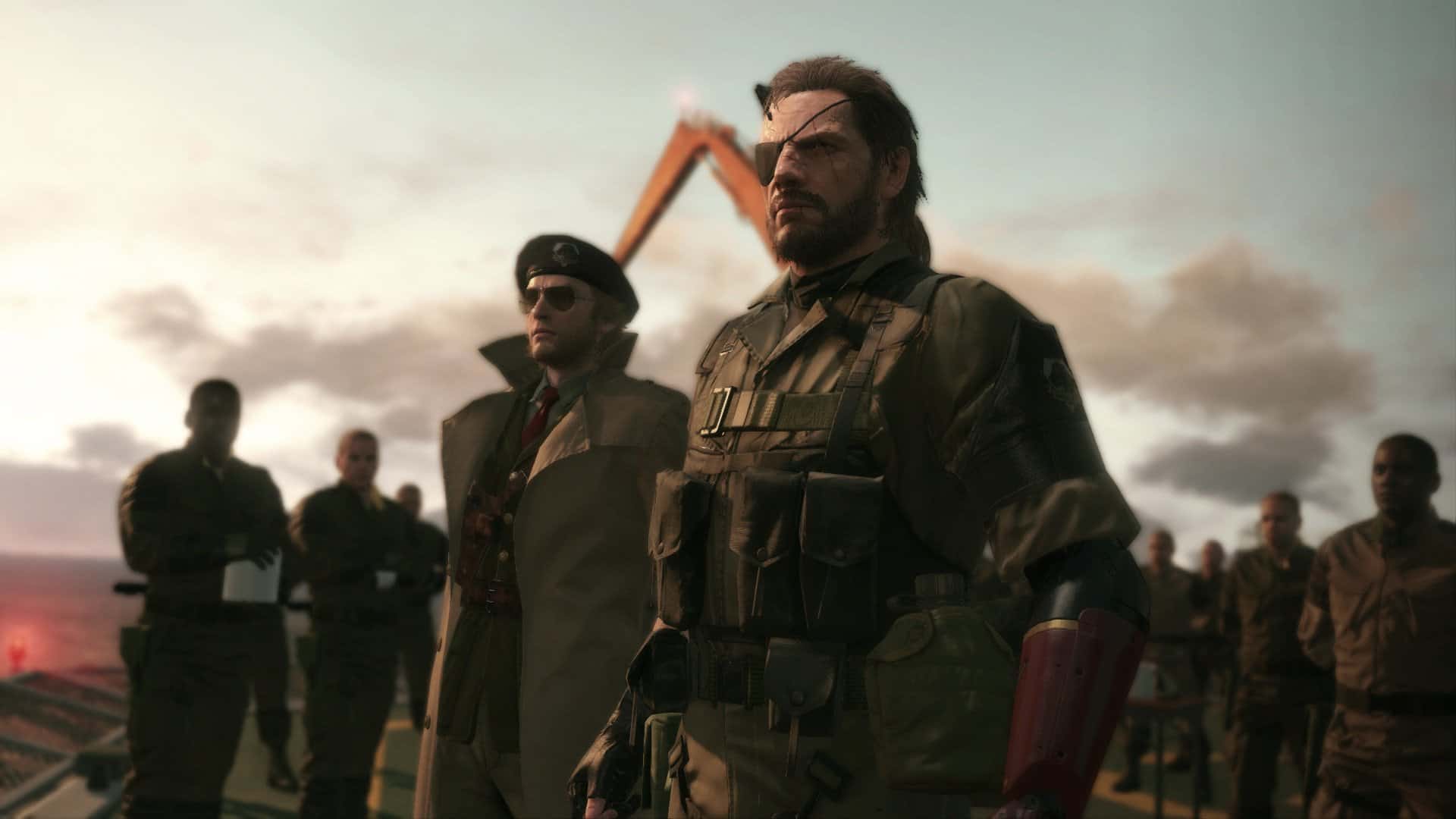The Metal Gear franchise is a major series of stealth action games created by industry legend HideoKojima. The games boast an infamously convoluted story and lore, supported by increasingly complex worldbuilding and lengthy dialogue in-game. These storylines typically offer critique and commentary on the modern military and political landscape. They present a grounded real-world background alongside bizarre, superpowered boss fights and wild plot twists. These elements are undeniably memorable, and the series has consequently earned a dedicated fan following. Many fans credit Metal Gear Solid with popularizing the stealth genre. Its impact on cinematic, story-heavy games is undeniable as well. Here are all of the main series Metal Gear games that have been released so far.
Metal Gear (1987)
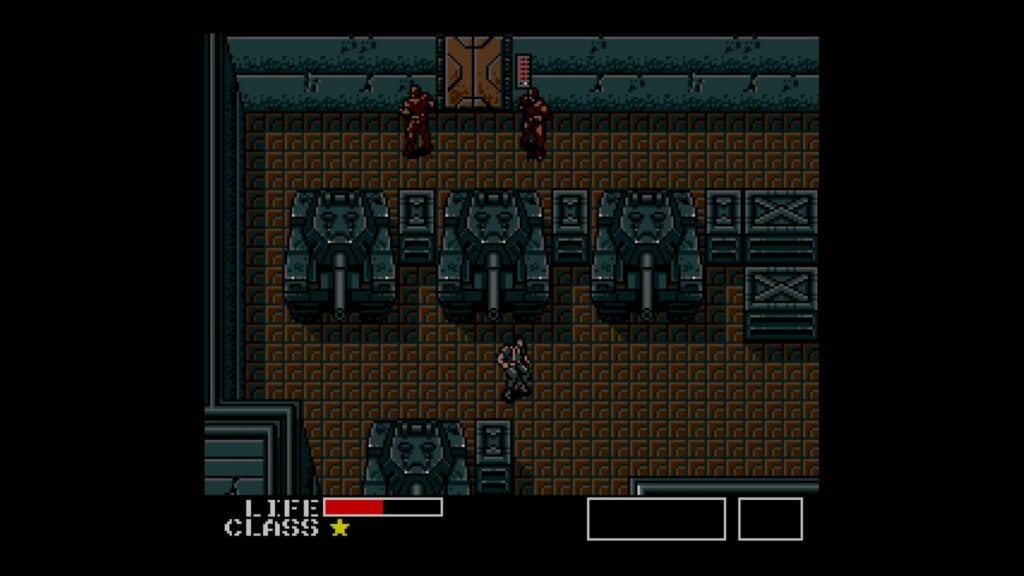
The very first Metal Gear title launched for the MSX home computer. It later saw a port to the NES as well. The 8-bit graphics are considerably more humble than the sweeping cinematic visuals the series would go on to offer, but the original Metal Gear was still a great success. The stealth game saw rookie special forces agent Solid Snake infiltrate a fortified compound in South Africa. There he discovers the titular Metal Gear, a bipedal tank capable of launching nuclear weapons from anywhere in the world.
Metal Gear 2: Solid Snake (1990)
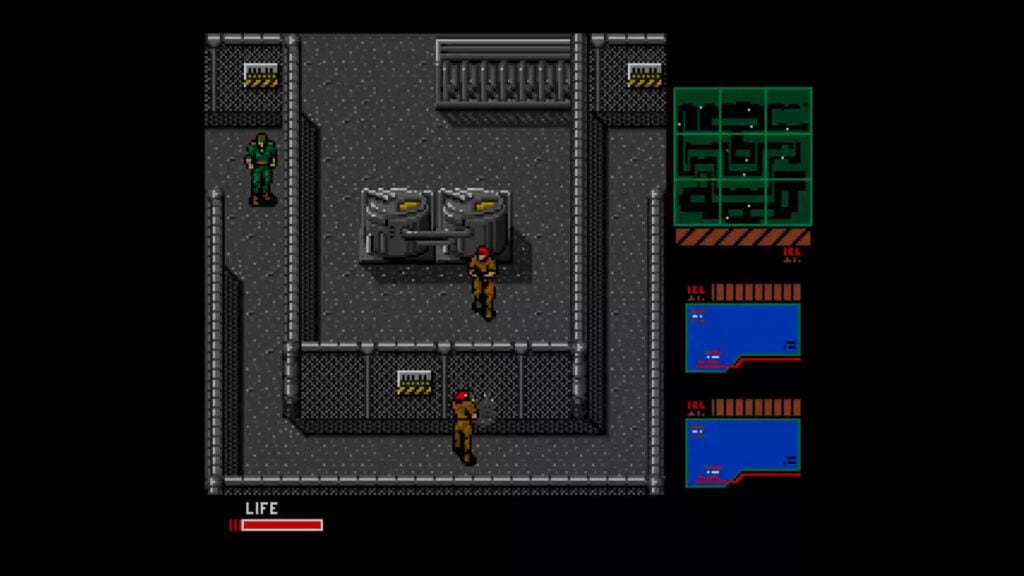
Even though Hideo Kojima developed the first Metal Gear, Konami began development of a sequel called Snake’s Revenge without his involvement. When Kojima heard about this, he asked to develop his own official sequel instead. However, since Snake’s Revenge was developed specifically for Western markets, Solid Snake was confined to Japan until 2005. This is unfortunate, as Solid Snake was an improvement on the original game in many respects. It refined the stealth gameplay while still providing the complex and hard-hitting storyline the series was becoming known for.
Metal Gear Solid (1998)
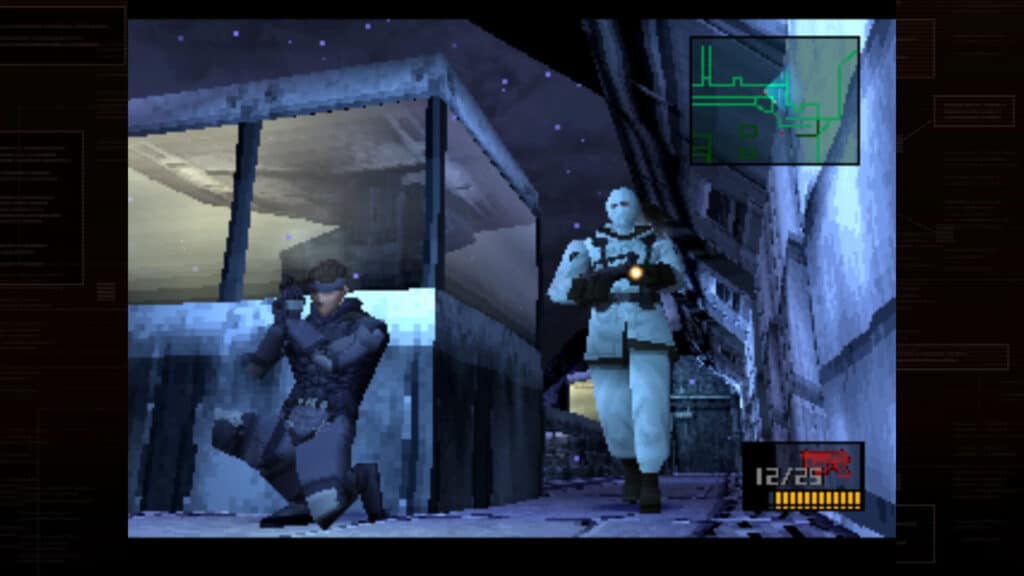
This PlayStation title, again created by Hideo Kojima, marked a huge change for the franchise, as the first Metal Gear game in 3D. The cinematic cutscenes that have made Metal Gear such a huge part of video game history got their start here. So did many of the 3D stealth gameplay traditions that would go on to define not only the future of the franchise, but the future of stealth games as a whole. The cultural impact of this game is hard to overstate. To this day it is considered a major piece of video game history.
Metal Gear Solid 2: Sons of Liberty (2001)
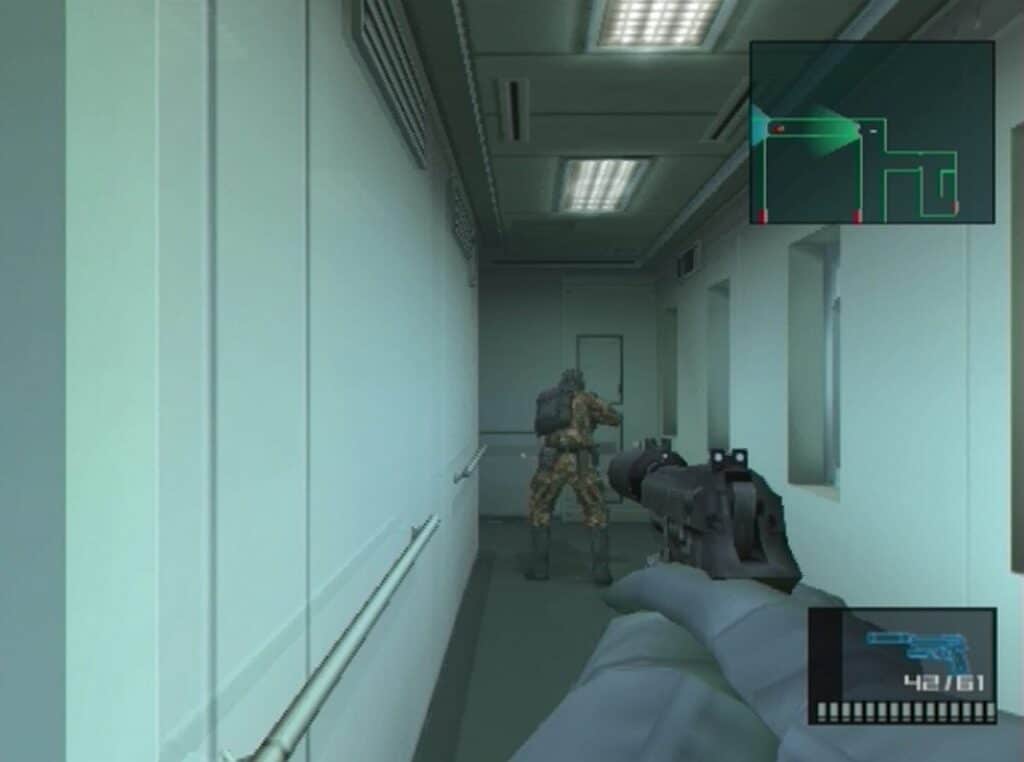
©Sons of Liberty screenshot
The direct sequel to Metal Gear Solid launched on PS2 and introduced Raiden as a new playable character. The plot, taking place two years after the previous game, revolves around a terrorist group kidnapping the president. In his efforts to take them down, Raiden and his allies uncover an ancient and far-reaching conspiracy. The game’s dense, twist-heavy plot explores numerous themes, such as artificial intelligence and misleading news, that would go on to be major issues in the modern day. While this storyline was initially criticized by some, it has demonstrated lasting significance. The game also received praise for its intricate, detail-oriented gameplay.
Metal Gear Solid 3: Snake Eater (2004)

This PS2 title serves as a prequel for the entire franchise, set years before even 1987’s Metal Gear. Consequently, instead of starring Solid Snake, the protagonist is Naked Snake, otherwise known as Big Boss. This character originally featured as the main antagonist of the 1987 game, and Snake Eater explores his complicated origins. The game’s forest setting led to a wide variety of new stealth mechanics, such as camo paint and even a fake gavial head. The title received universal acclaim for its story and characters, as well as its remarkable boss encounters.
Metal Gear Solid: Portable Ops (2006)
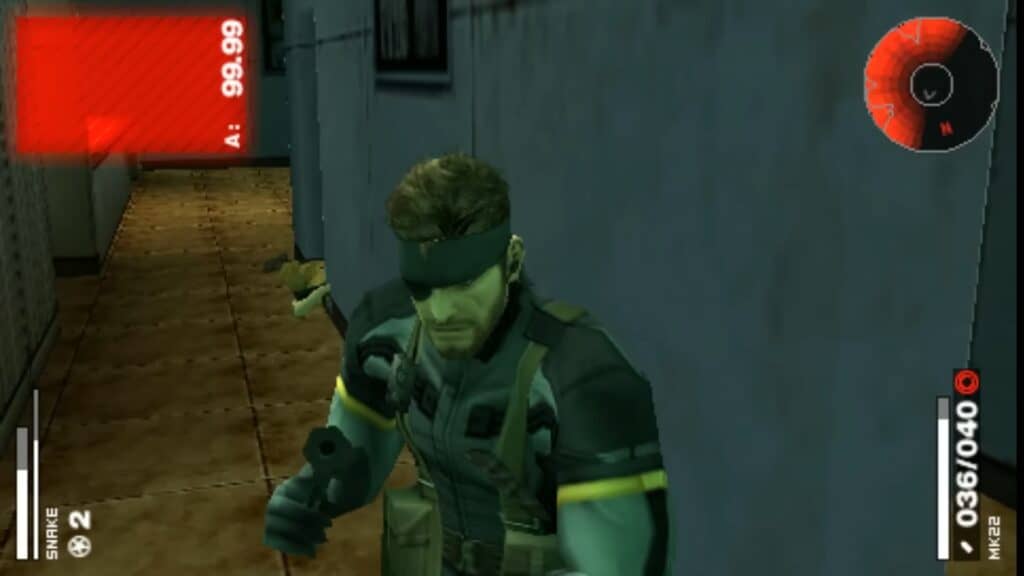
©Screenshot from Metal Gear Solid: Portable Ops.
This game was the first title to bring the traditional Metal Gear stealth experience to the PlayStation Portable. It continued to follow the exploits of Naked Snake, picking up the storyline six years after the events of Snake Eater. It sees Naked Snake taking on his former special ops unit, the FOX unit, after they go rogue. In addition to the titular portable aspect, the biggest gameplay change came from a focus on squads. The player must recruit and select a team of specially trained allies for each mission.
Metal Gear Solid 4: Guns of the Patriots (2008)
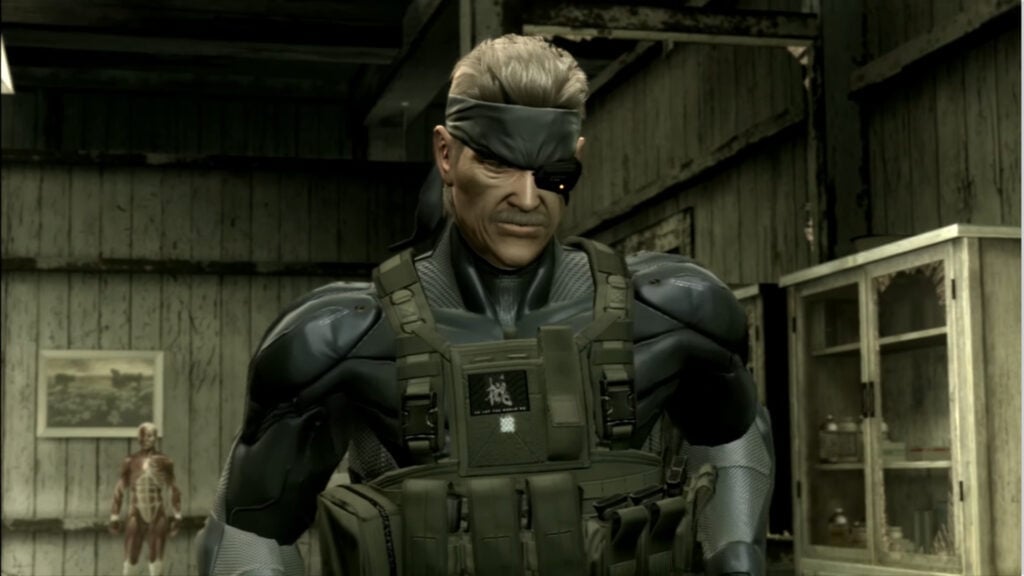
©Screenshot from Metal Gear Solid 4: Guns of the Patriots.
This 2008 title debuted on the PS3 and returned the focus of the story to Solid Snake. It takes place five years after 2001’s Sons of Liberty. A prematurely aged Snake, referred to colloquially as Old Snake, must strive to assassinate his nemesis Liquid Snake. His twin brother has seemingly possessed recurring antagonist Revolver Ocelot. The game earned considerable praise for its emotional weight, though some felt it was bogged down by the title’s traditionally complicated storyline.
Metal Gear Solid: Peace Walker (2010)
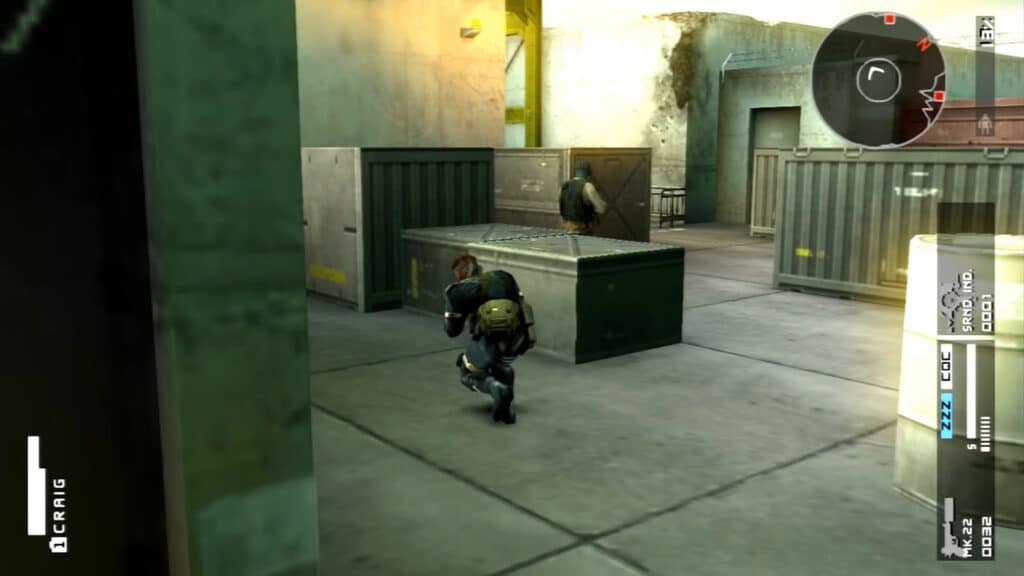
©Screenshot from Metal Gear Solid: Peace Walker.
Peace Walker is another PSP release which, like Portable Ops, takes place in the past and follows the exploits of Big Boss. It revolves around his efforts to lead a paramilitary mercenary group. In addition to the traditional action stealth gameplay of the franchise, there’s also a large focus on the game’s HQ. While the game received acclaim, the decline of the PSP prevented it from making as big of a splash as its predecessors.
Metal Gear Rising: Revengeance (2013)
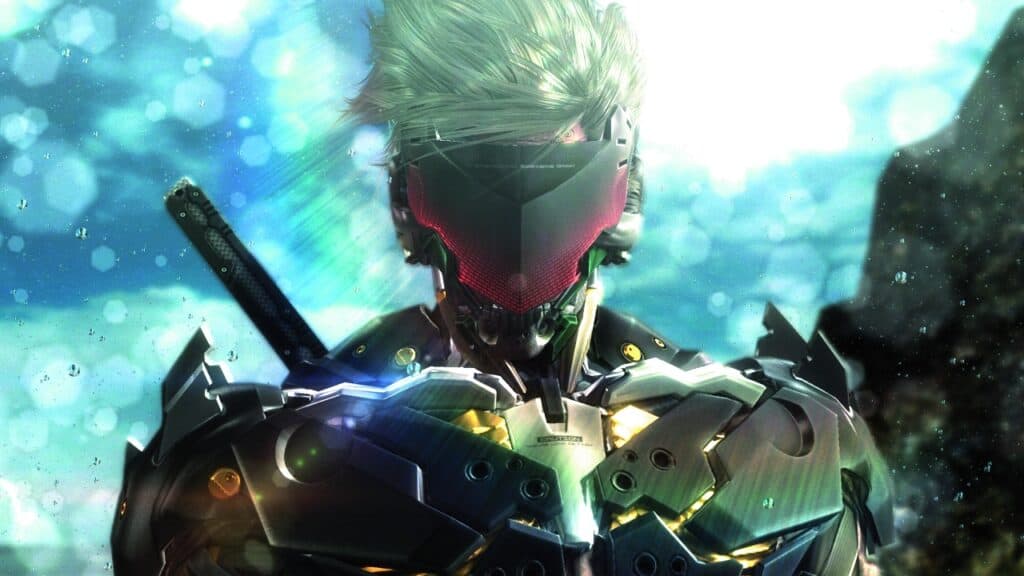
This game, launched for PS3, Xbox 360, and PC, is a unique entry in the Metal Gear franchise, as it was not actually developed by Hideo Kojima. Development of Rising: Revengeance was instead handled by Platinum Games, a company known for the action heavy Bayonetta franchise. As a result, Metal Gear Rising: Revengeance has greatly reduced stealth mechanics in favor of an emphasis on fluid hack and slash action. The story focuses on Raiden, who is a katana-wielding cyborg, and it has received considerable praise for its gameplay and over-the-top story.
Metal Gear Solid V: Ground Zeroes (2014)
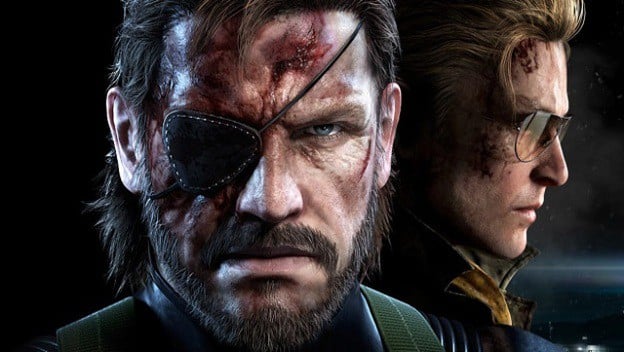
©Metal Gear Solid vs. Ground Zeroes character
Ground Zeroes, which launched for PS3, PS4, Xbox 360, Xbox One, and PC, has been accused of not being a full game at all. The title serves as a prologue to The Phantom Pain, which would launch the following year. It takes place in 1975, just a few months after the events of Peace Walker, and serves as something of an introduction to the enhanced stealth mechanics present in The Phantom Pain. The gameplay received considerable praise, but some critics were disappointed with its short length.
Metal Gear Solid V: The Phantom Pain (2015)
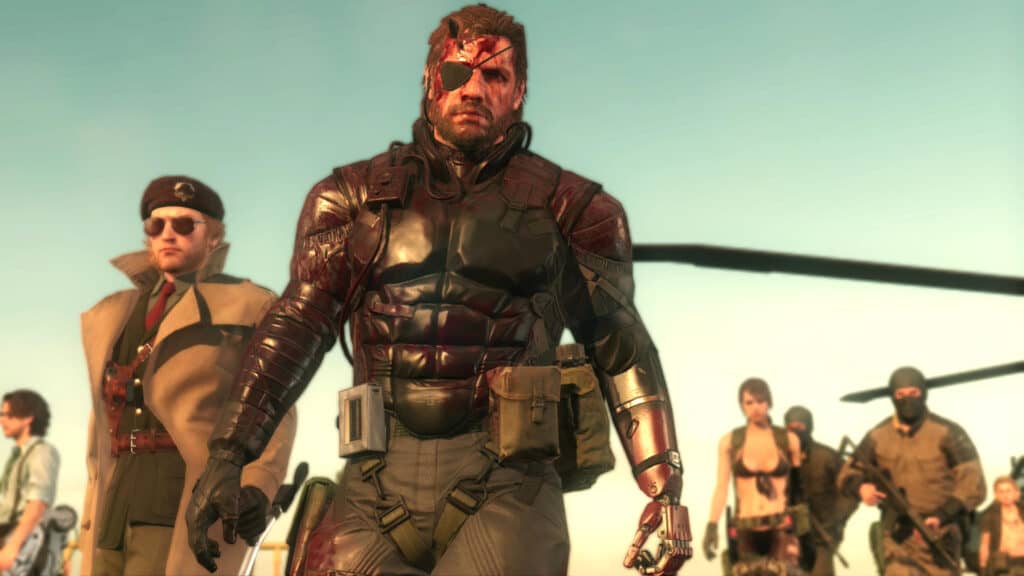
The official Metal Gear Solid V launched in 2015 for the same consoles as its prologue the year prior. It centers on Venom Snake, a new identity for Big Boss, and takes place nine years after Ground Zeroes. Like its prologue, the game received extreme praise for its gameplay mechanics, though it once again drew mixed reactions for its convoluted storyline. The female sniper Quiet, who appears in-game in unnecessarily revealing clothing, also earned criticism.
Arguably the greatest controversy associated with The Phantom Pain, however, is Konami’s treatment of developer Hideo Kojima. In March of 2015, the company parted ways with the legendary developer, and this departure resulted in Kojima’s name being scrubbed from all promotional materials associated with the game. This led to scandal when The Phantom Pain won the award for Best Action/Adventure game at The Game Awards in 2015, and Konami banned Kojima from appearing in-person to accept the award.
Metal Gear Solid In Chronological Order
The Metal Gear franchise takes place in a convoluted alternate history world, where the Cold War lasted well into the 90s and led, in part, to the development of Metal Gear war machines. Like much else about the series, the timeline of the series is especially complex, with multiple games serving as prequels to games that were released earlier. In some ways, the entire franchise is cyclical, with 2015’s The Phantom Pain leading into the events of the very first Metal Gear game back in 1987. That said, here are all the games listed above, sorted into chronological order and listed with the years in which they take place.
- Metal Gear Solid 3: Snake Eater (1964)
- Metal Gear Solid: Portable Ops (1970)
- Metal Gear Solid: Peace Walker (1974)
- Metal Gear Solid V: Ground Zeroes (1975)
- Metal Gear Solid V: The Phantom Pain (1984)
- Metal Gear (1995)
- Metal Gear 2: Solid Snake (1999)
- Metal Gear Solid (2005)
- Metal Gear Solid 2: Sons of Liberty (2007/2009)
- Metal Gear Solid 4: Guns of the Patriots (2014)
- Metal Gear Rising: Revengeance (2018)
